In part 1 we talked about what motor oil is made of, base stock and additives. Today we will talk about 7 functions or “jobs” a motor oil has inside your engine.
Let’s get started….
What must a motor oil do?
Modern motor oils are highly specialized products carefully developed by engineers and chemists to perform many essential functions. The additives in a motor oil are what give it its qualities to help with its performance. The jobs a motor oil must do are: friction reducer, cleaning, cooling, lessen shock on parts, prevent rust, and seal the combustion chamber
Minimize Friction
Lubricants reduce contact between components, minimizing friction and wear. They accomplish this by leaving a thin film on the surfaces of parts. The ability of an oil to remain “stuck” to a part and coating it after long periods of “sitting still” is a major preventer of wear during a “cold start”. A “cold start” refers not just to cold temps, but also refers to engines that haven’t been started in a while, like overnight. Studies have shown that cold starts are where most engine damage occurs.
Cleaning power
Lubricants maintain internal cleanliness by suspending contaminants within the fluid or by preventing the contaminants from adhering to components. Base oils possess a varying degree of solvency that assists in maintaining internal cleanliness. Solvency is the ability of a fluid to dissolve a solid, liquid or gas.
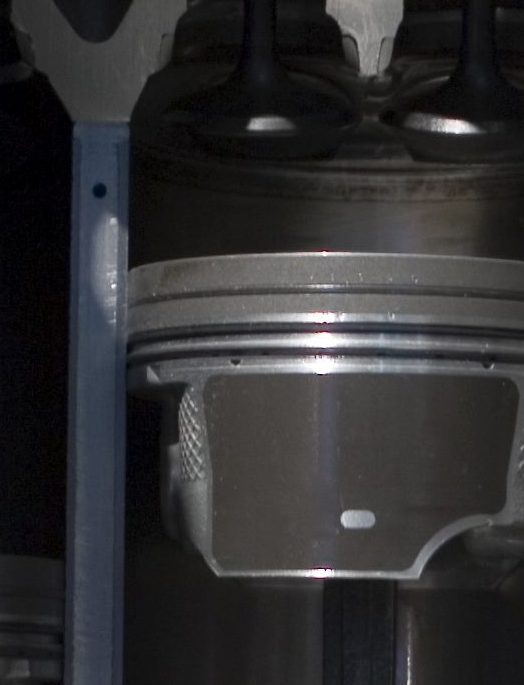
While the solvency of the oil is important, detergents and dispersants play a key role. Detergents are additives that prevent contaminants from adhering to components, especially hot components such as pistons or piston rings. Dispersants are additives that keep contaminants suspended in the fluid. Dispersants act as a solvent, helping the oil maintain cleanliness and prevent sludge formation.
Cooling
Reducing friction minimizes heat in moving parts, which lowers the overall operating temperature of the equipment. Lubricants also absorb heat from contact surface areas and transport it to a location to be safely dispersed, such as the oil sump.
Fun Fact: Lubricating an engine requires a very small amount of motor oil compared to the amount needed to ensure proper cooling of all these internal parts.
Seal
Motor oil acts as a dynamic seal in locations like the piston ring/cylinder interface. A dynamic seal helps keep combustion gases in the combustion chamber, which maximizes horsepower and helps prevent hot gases from contaminating the motor oil in the sump.
Dampen Shock
A lubricant can cushion the blow of mechanical shock. A highly functional lubricant film can resist rupture and absorb and disperse these energy spikes over a broad contact area. As the mechanical shock to components is dampened, wear and damaging forces are minimized, extending the component’s overall operating life.
Protect Against Corrosion
A lubricant must have the ability to prevent or minimize internal component corrosion. Lubricants accomplish this either by chemically neutralizing corrosive products or by forming a barrier between the components and the corrosive material.
Fun Fact: Motor oil has no natural ability to resist rust and corrosion; those properties must be added through use of motor oil additives.
Transfer Energy
Because motor oil is incompressible, it makes an excellent energy-transfer medium, such as when used with hydraulic valve lifters or to actualize components in an engine with variable valve timing.
As you can see, modern motor oils have many functions or “jobs” they must complete, especially as todays engines become smaller, produce more horsepower, increase fuel mileage and help reduce emissions. These goals all increase the workload of motor oils and producing an oil that accomplishes all these tasks takes time and testing to get the right balance. However, the correct balance of additives will help your motor oil protect your engine and make it last longer.
Stay tuned for part 3 where we will discuss viscosity of oils.
Here is a link to how Synthetics oils can help with these jobs.
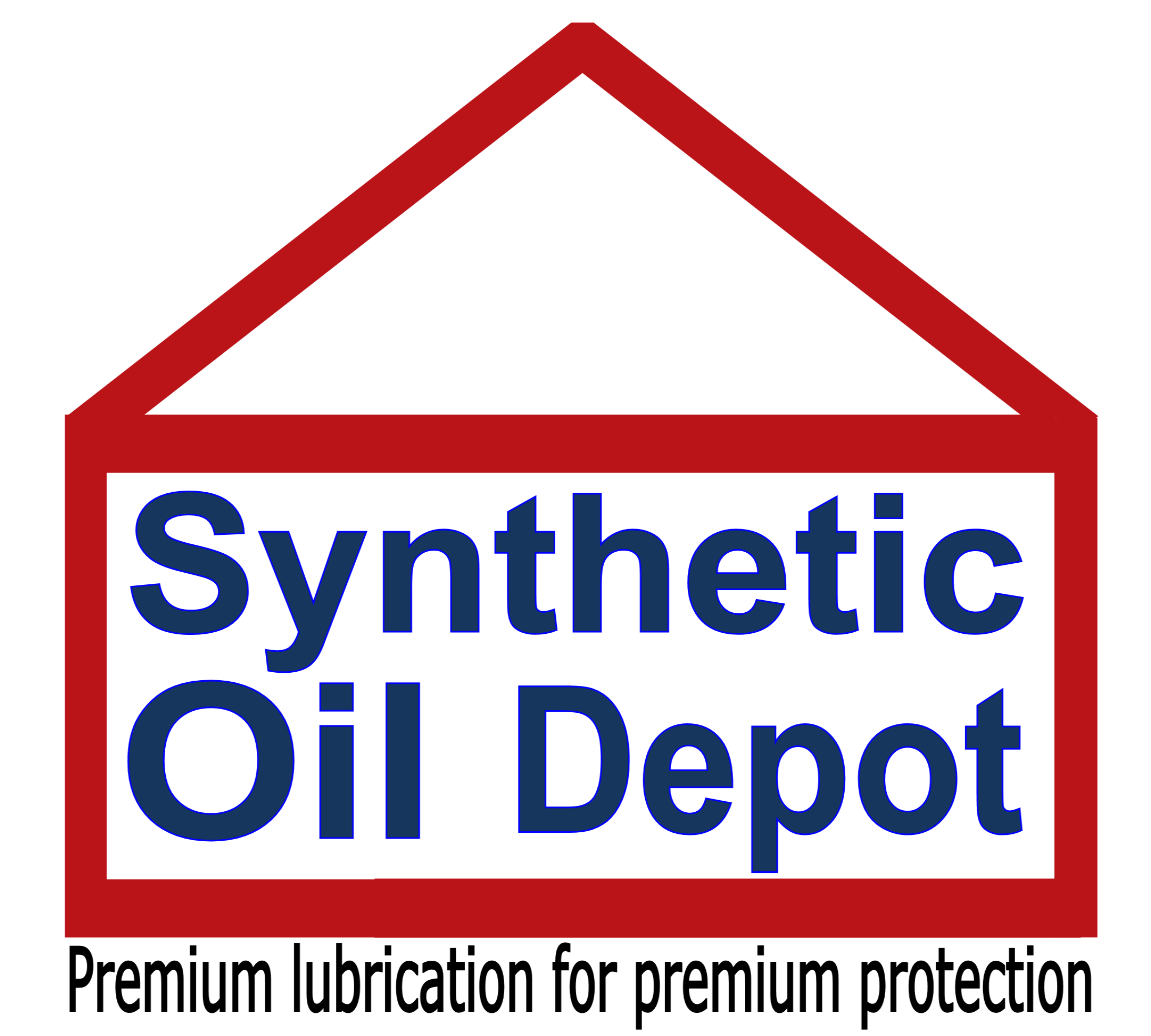
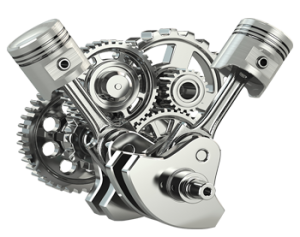
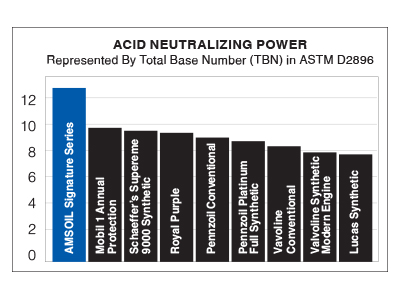
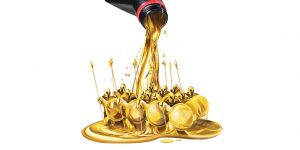

Pingback: A Beginner’s Guide to Motor Oil: What You Need to Know. - synthetic oil depot
Pingback: A Beginner’s Guide to Motor Oil: What You Need to Know. Part 3 - synthetic oil depot
Pingback: A Beginner’s Guide to Motor Oil: What You Need to Know. Part 4 - synthetic oil depot